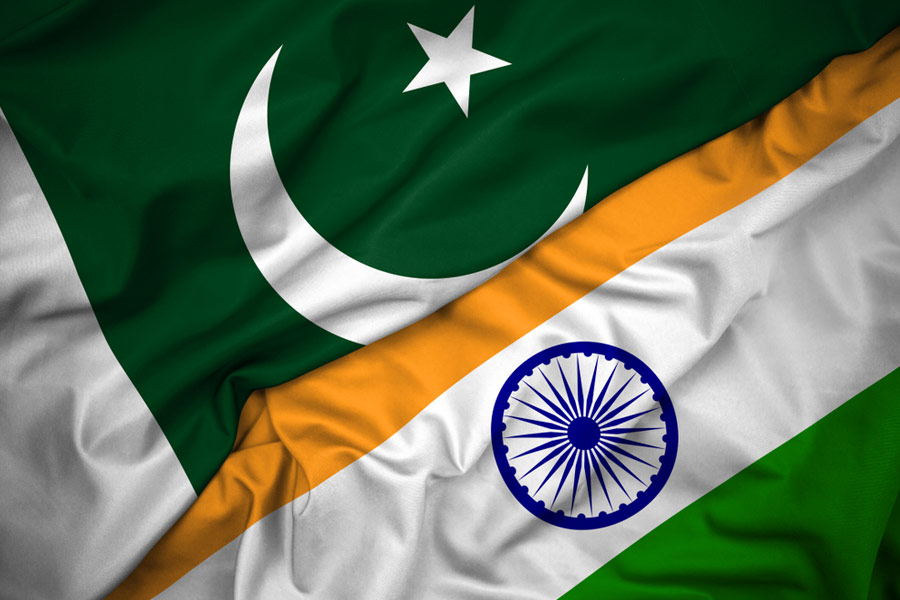 |
| Girls in a Champaran village carry jhijhias to ward off evil. Picture by Ajit Kumar Verma |
Motihari, Oct. 4: Earthen pitchers with holes may not seem much of help to you but it is of utmost importance to residents in several villages of north Bihar.
One can find these pitchers, known as jhijhia, in each and every house during Navratra. Small earthen lamps are placed inside these pitchers to drive evil spirits away from near and dear ones.
In the modern age, the jhijhias are mostly seen as a symbol of backwardness and superstition. But, even to this day during the nine days of Navratra, women in Champaran and other north Bihar districts keep these colourful pitchers at home.
Young girls in rural areas also take them around villages on their head. They take the jhijhias from door to door, singing all the way, every evening during Navratra.
The festival in these districts is not just about devotion. It is believed that devotees also seek blessings of Goddess Durga to sharpen their skills of necromancy (supposed practice of communicating with the dead). Jhijhias are believed to be a sacred influence that can ward off necromancy powers.
If black stains are seen inside the jhijhias, it is believed to have disarmed magical powers maliciously used against someone.
It is also said evil powers are unable to touch houses passed by girls carrying the jhijhias at least once during Navratra.
Later, the jhijhias are immersed in rivers and ponds along with the idols of Goddess Durga.










